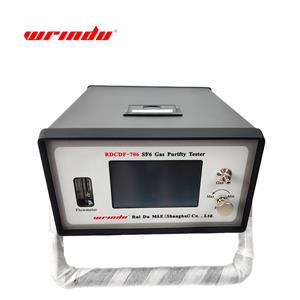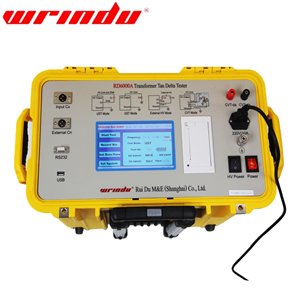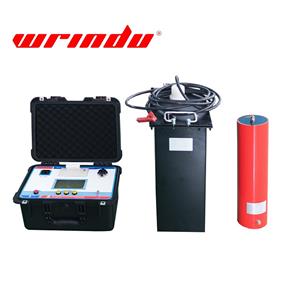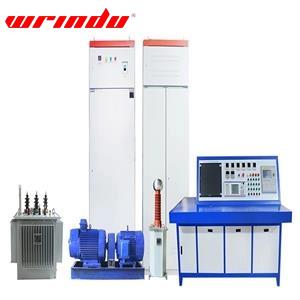The common problems and solutions in series resonance testing
Abstract
In recent years, variable-frequency series resonance has become the most commonly used method for AC withstand voltage testing of high-voltage equipment insulation in substations. This testing device has been widely applied. Since the equipment is a complete system with many components, various usage scenarios, multiple tap voltages from the excitation transformer, and different combinations of reactors, clients often find themselves unfamiliar with its operation on-site. Today, we will discuss some common issues faced by clients and their solutions, hoping it will be helpful to everyone.
Composition and Features of the Series Resonance Test System
The SXBP series resonance system operates on the principle of series resonance, generating a resonant voltage in the circuit that is applied to the test specimen. It is currently available in two main types: variable-frequency and inductance-tuned.
The SXBP series resonance system consists of several key components: the variable-frequency source (main unit), high-voltage reactor, adjustable reactor (for inductance tuning), capacitive voltage divider, and excitation transformer. It is widely used for the commissioning and preventive testing of high-capacity, high-voltage capacitive test specimens such as power cables, transformers, hydroelectric generators, and GIS equipment.
The SXTG inductance-tuned resonance system mainly includes a control box (for power frequency), excitation transformer, adjustable reactor (for inductance tuning), fixed reactor, and voltage divider. It is primarily used for generator testing where frequency control is required.
What are the common problems in series resonance testing?
The variable-frequency source main unit cannot find the resonance point.
The variable-frequency source main unit resets.
The Q-value of the system is too low, meaning the voltage cannot rise or cannot rise sufficiently.
The power supply circuit breaker trips.
How to solve these common problems?
When the variable-frequency source main unit cannot find the resonance point, the possible causes are as follows:
The system's resonance point is outside the output frequency range of the main unit.
Incorrect system wiring.
The system is not properly grounded.
The high-voltage sampling feedback signal is open or the connection is unreliable.
The test specimen has a fault.
Troubleshooting methods:
Check if the grounding system is reliable and ensure there are no disconnections in the grounding cables.
Verify the continuity of the high and low voltage windings of the excitation transformer.
Check the continuity of each reactor.
Inspect the continuity of the signal wires for the voltage divider.
Verify the continuity of the high and low voltage capacitor arms of the voltage divider.
If there is no resonance point while the system is stepping up the voltage, also check the continuity of the compensation capacitors.
When the variable-frequency source main unit resets, the possible causes are as follows:
Power supply fluctuations to the main unit.
Interference from a strong external magnetic field.
The main unit is not properly grounded.
When the system's Q-value is too low, meaning the voltage cannot rise or does not rise sufficiently, the following phenomena may occur:
The tuning curve is a smooth line with a low peak.
During the test, the primary voltage is relatively high, but the high voltage remains low. In some cases, even before reaching the test voltage, the primary voltage has already reached the rated value, causing the system to automatically reduce the voltage.
Possible causes:
The reactor and the test specimen's capacitance are mismatched, and the resonance point is not accurately found.
The test specimen has high losses, resulting in a low system Q-value.
The high voltage output from the excitation transformer is too low.
The high voltage connection cables are too long or lack high-voltage corona-resistant cables.
The reactor is too close to the ground or metal objects, generating significant eddy currents.
Troubleshooting methods:
Connect the compensation capacitors in parallel with the test circuit to increase the circuit's capacitance.
Series-connect multiple reactors to increase the circuit's inductance.
Increase the output voltage of the excitation transformer.
Dry the test specimen to improve its insulation strength and reduce active losses in the circuit.
When the equipment outputs high voltage, use high-voltage corona-resistant cables, or replace the standard high-voltage cables with shorter ones, typically no longer than 5 meters.
Place insulating pads or bases to ensure sufficient insulation distance.
Click to find more information about series resonance testing equipment.




